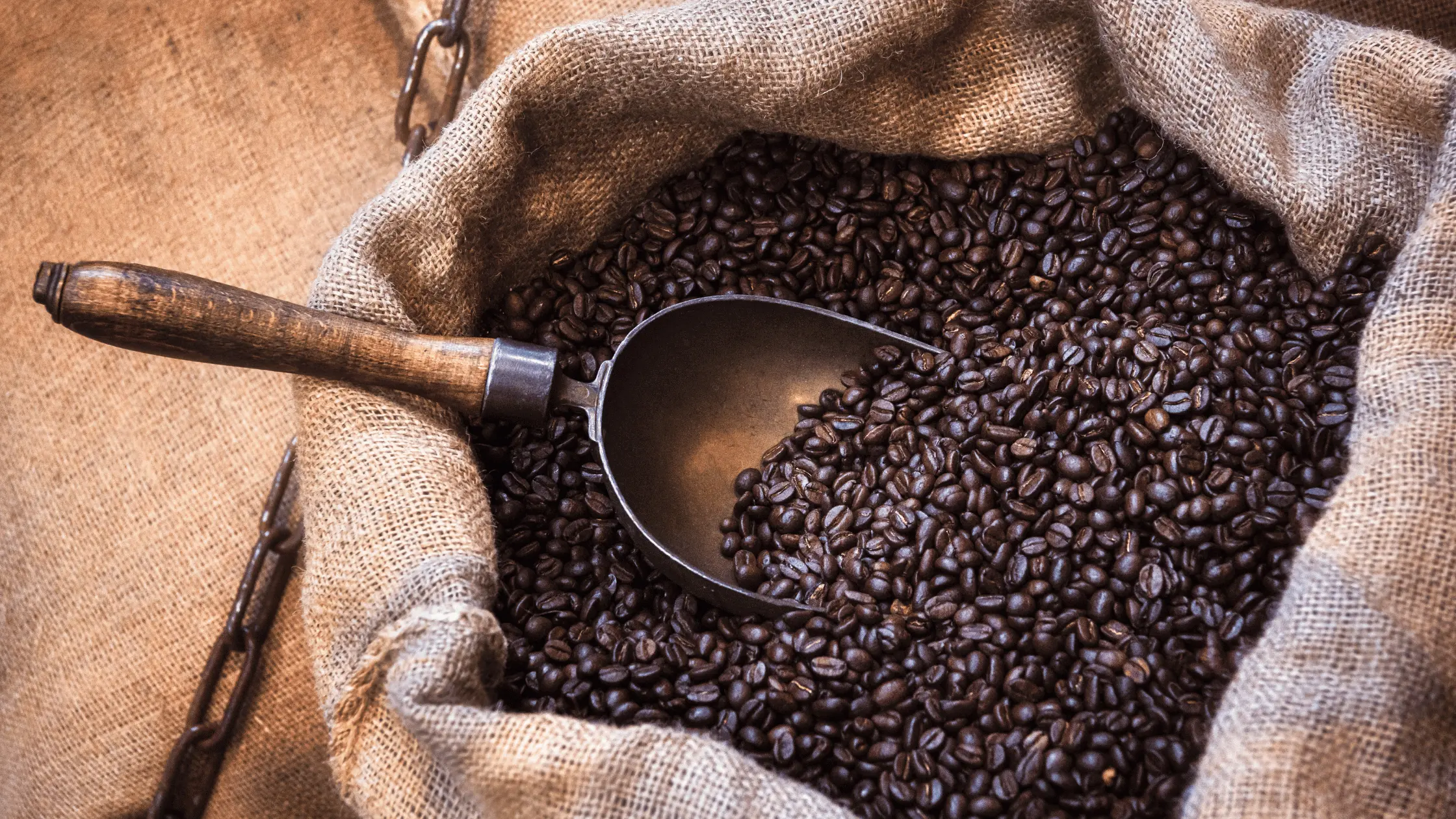
Where Do Coffee Beans Come From?
Are you a coffee lover who can’t imagine starting their day without a cup of Joe? Have you ever wondered where your coffee beans come from? Coffee is one of the most popular beverages worldwide, with over 2.25 billion cups consumed every day. The journey of coffee beans, from origin to your cup, is an interesting story worth exploring. In this article, we will explore the history and origins of coffee beans, how they are grown, harvested, and processed, and some interesting facts about coffee.
The History and Origins of Coffee Beans
Coffee is believed to have originated in the highlands of Ethiopia in the 9th century. According to legend, a goat herder named Kaldi noticed that his goats became energized after eating the berries of a certain plant. He tried the berries himself and experienced a similar effect, leading him to discover coffee. From Ethiopia, coffee spread to the Arabian Peninsula, where it was first cultivated in Yemen in the 15th century. By the 16th century, coffee had spread throughout the Middle East and North Africa, becoming a popular beverage in the Ottoman Empire. It was not until the 17th century that coffee was introduced to Europe, where it quickly gained popularity.
How these Beans are Grown, Harvested, and Processed
Coffee is grown in over 70 countries worldwide, primarily in tropical regions between the Tropic of Cancer and the Tropic of Capricorn. The two main species of coffee are Arabica and Robusta, with Arabica being the most popular due to its superior taste. Coffee plants can grow up to 30 feet tall, but they are usually pruned to a height of 6-8 feet for easier harvesting. Coffee plants produce small white flowers, which develop into berries called coffee cherries. It takes about 3-4 years for a coffee plant to produce its first crop of cherries.
The harvesting of these beans is done either by hand or by machine. Handpicking is more common for high-quality coffee beans, as it allows for more precise selection of ripe cherries. Once harvested, the coffee cherries are processed to remove the outer layers and expose the beans. There are two main methods of processing coffee beans: the dry method and the wet method. In the dry method, the coffee cherries are spread out in the sun to dry, while in the wet method, the beans are washed and fermented to remove the outer layers. After processing, the beans are sorted, graded, and shipped to roasters around the world.

Interesting Facts About Coffee
- Coffee is the second most traded commodity in the world after oil.
- The world’s largest producer of coffee is Brazil, followed by Vietnam and Colombia.
- Coffee was banned in Mecca in the 16th century because it was believed to stimulate radical thinking.
- The word “coffee” comes from the Arabic word “qahwah,” which means “wine of the bean.”
- It takes about 42 coffee beans to make a single shot of espresso.
- The world’s most expensive coffee is Kopi Luwak, which is made from beans that have been eaten and excreted by civet cats.
Coffee has come a long way since its discovery in Ethiopia over a thousand years ago. Today, it is one of the most popular beverages in the world, consumed by millions of people every day. Understanding the journey of coffee beans, from origin to your cup, can help you appreciate the complex process that goes into every sip. So the next time you take a sip of your favorite coffee, remember the fascinating journey it





